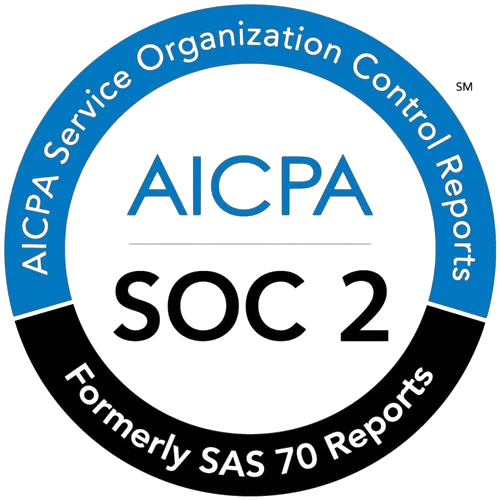Revamping the backend: The key to financial stability in healthcare

In today’s complex healthcare landscape, financial stability is more important than ever. With rising operational costs and an ever-increasing demand for quality services, healthcare institutions face significant fiscal pressures. The solution lies in fixing the backend processes that often go unnoticed but are crucial for ensuring a robust financial framework. Let's delve into how improving backend operations can pave the way for a financially vibrant healthcare system.
1. Streamlining Administrative Processes
One of the most significant areas in need of improvement in healthcare organizations is administrative efficiency. Administrative tasks can be resource-intensive, involving cumbersome paperwork, prolonged patient onboarding, and extensive coding and billing processes. By investing in automation and digitization, healthcare facilities can reduce manual errors, improve data accuracy, and expedite billing cycles. Implementing Electronic Health Records (EHR) systems can facilitate quick access to patient information, allowing for seamless processing of claims and, ultimately, faster reimbursements.
2. Enhancing Revenue Cycle Management
The revenue cycle management (RCM) process is critical to a healthcare organization’s financial health. A broken RCM can lead to delayed payments, increased denials, and lost revenue opportunities. To enhance RCM, healthcare providers should conduct regular audits to identify bottlenecks, invest in ongoing training for billing staff, and utilize analytics tools to forecast and manage cash flow better. By optimizing RCM practices, organizations can ensure a steadier revenue stream and improve their bottom line.
3. Leveraging Data Analytics
Healthcare providers collect vast amounts of data daily. However, without proper analysis, this valuable information remains untapped. Implementing advanced data analytics can provide insights into patient demographics, treatment outcomes, and financial performance. By analyzing trends, healthcare organizations can make informed decisions on resource allocation, service offerings, and pricing strategies, ultimately leading to enhanced profitability. By adopting a proactive approach to data, healthcare facilities can stay ahead of the curve and adapt to changing market conditions.
4. Fostering Collaboration and Communication
In many healthcare settings, collaboration between various departments is often lacking, leading to information silos that can hinder operational efficiency. By fostering an environment of open communication and teamwork, organizations can ensure that everyone is aligned on financial goals. Regular interdepartmental meetings to discuss challenges, solutions, and updates can drive collective accountability and transparency, leading to improved financial outcomes.
5. Expanding Telehealth Services
The COVID-19 pandemic has accelerated the adoption of telehealth services. Expanding these services not only enhances patient access to care but can also improve financial stability. Telehealth reduces overhead costs associated with physical office space and can streamline operations by allowing healthcare providers to see more patients in less time. Embracing this digital approach can be a significant step toward financial sustainability, allowing institutions to cater to a broader audience while minimizing unnecessary expenses.
Conclusion
As the healthcare industry grapples with financial challenges, fixing backend processes is a fundamental step toward achieving financial stability. By streamlining administration, enhancing revenue cycle management, leveraging data analytics, promoting collaboration, and adopting telehealth services, healthcare organizations can create a solid backend infrastructure. This holistic approach not only secures financial health but ultimately enhances patient care, positioning healthcare providers for success in an increasingly competitive landscape. Now is the time for healthcare leaders to address these crucial backend issues—because a robust foundation is key to thriving in the future.






